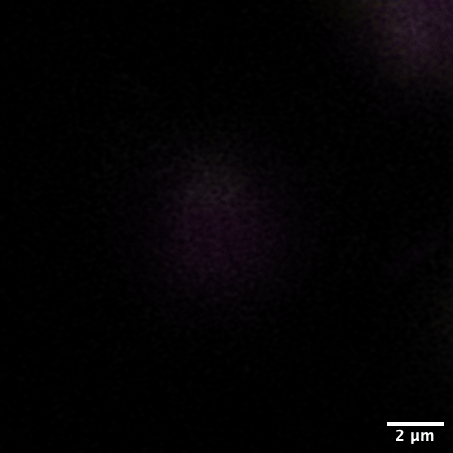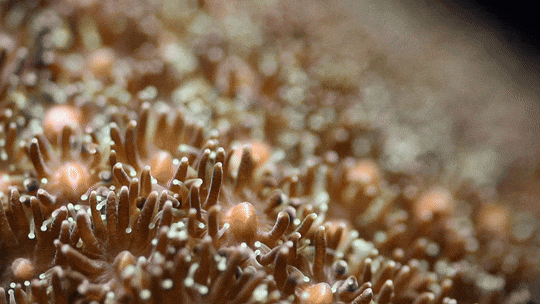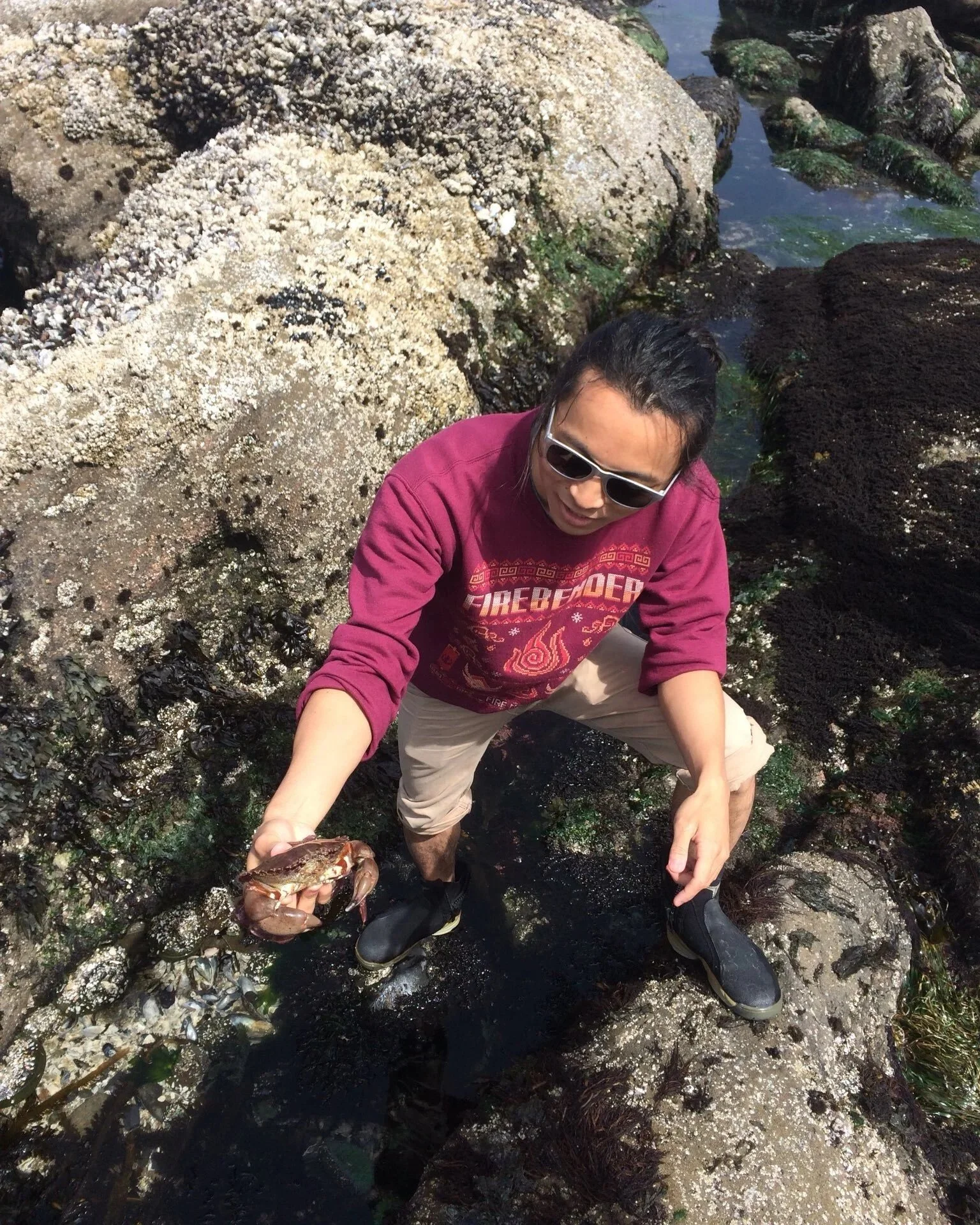
Shumpei Maruyama, PhD
NSF Postdoctoral Fellow
Mentored by Dr. Phillip Cleves at Carnegie Institution for Science
The climate crisis threatens the very existence of coral reefs in the near future. As a scientist, I am interested in understanding the genetic and cellular mechanisms that underpin coral-algal symbiosis, which play a critical role in the ecological success of coral reefs. I believe that understanding the basic biology of symbiosis is key to saving corals and predicting their future in a warming planet.
To this end, I am using the sea anemone model system Aiptasia (Exaiptasia diaphana) and the coral Galaxea fascicularis to understand the cellular mechanisms involved in the onset, maintenance, and breakdown of cnidarian-algal symbiosis.
Research Interests
-
Symbiosis with photosynthetic algae has shaped the evolutionary trajectory of life and has evolved numerous time. In fact, corals and sea anemones are thought to have evolved photosymbiosis independently of one another.
I am interested in understanding how genes and cellular machinery have been co-opted to evolve photosymbioses. For example, I have found that despite their independent evolution, corals and sea anemones co-opt the same lysosomal proteins to function in symbiosis.
-
With the introduction of new molecular tools and methods, it has recently become possible to target genes for CRISPR/Cas9 mutagenesis, RNAi knockdown, and over-expression as fluorescent constructs in the sea anemone, Aiptasia.
I am functionally interrogating the genes involved in symbiosis, to gain an understanding on how perturbing specific genes affect the physiology of each partner.
-
The symbiosome is the host-derived organelle in which the algal symbiont resides. This is the key interface for molecular communication and metabolic exchange between the two partners. Despite its importance, the complete symbiosome proteome has yet to be described.
I was able to successfully characterize a high-quality symbiosome proteome using biochemical isolation techniques and test the function of symbiosome proteins using CRISPR/cas9 knockouts and shRNA knockdowns in Aiptasia and coral Galaxea fascicularis.
Read more about this work here: https://doi.org/10.1101/2025.10.09.679812
Publications
2025
Maruyama S, Henderson C, Swinhoe N, Kowalewski G, Meier E, Engelke T, Cleves PA. Co-option of lysosomal machinery shapes the symbiosis supporting coral reefs. bioRxiv. https://doi.org/10.1101/2025.10.09.679812
Renicke C, Swinhoe N, Henderson C, Meier E, Ling L, Keat GL, Maruyama S, Rangarajan-Paul M, Pringle JR, Cleves PA. Development of genetic tools for the sea anemone Aiptasia, a model system for coral biology. Genetics. https://doi.org/10.1093/genetics/iyaf194
Sawiccy V, Tjandra NW, Maruyama S, Ruggeri M, Vo C, Harmon LA, Poole A, Weis VM. 2025. Regulatory role of NADPH oxidases in symbiosis and dysbiosis in the sea anemone Aiptasia. Frontiers in Marine Science. https://doi.org/10.3389/fmars.2025.1596098
2023
Sawiccy V, Cai JB, Maruyama S, Leonardi NS, Weis VM, Kirk NL. 2023. Plug and play: A versatile CURE curriculum for scientific process skills in upper division life science labs. EdArXiv. https://doi.org/10.35542/osf.io/6be43
2022
Maruyama S, Unsworth JR, Sawiccy V, Students of Oregon State University’s Z362 Spring 2021, Weis VM. 2022. Algae from Aiptasia egesta are robust representations of Symbiodiniaceae in the free-living state. PeerJ. https://doi.org/10.7717/peerj.13796
Maruyama S, Mandelare-Ruiz PE, McCauley M, Peng W, Cho BG, Wang J, Mechref Y, Loesgen S, Weis VM. 2022. Heat stress of algal partner hinders colonization success and alters the algal cell surface glycome in a cnidarian-algal symbiosis. Microbiology Spectrum. https://doi.org/10.1128/spectrum.01567-22
2021
Maruyama S and Weis VM. 2021. Limitations of using cultured algae to study cnidarian-algal symbioses and suggestions for future studies. Journal of Phycology. https://doi.org/10.1111/jpy.13102
Broader Impacts
Open House
I led and organized the Open House for Oregon State University’s Department of Integrative Biology from 2018-2019. This event was free to attend and for all ages, inviting the local Oregon Community to learn more about the science that goes on at Oregon State University. Each lab designed exciting tours and hands-on activities for attendees. We were able to welcome over 300 attendees each year the event was held.
Ethnic Minorities United in STEM
I am a founding member and former Secretary for Ethnic Minorities United in STEM at Oregon State University. This graduate student group started from a desire to find and foster a community of graduate students who felt culturally isolated in Oregon. We host several social gatherings throughout the year and share local resources with each other. This group has been a boon to many graduate students in search of a community and has supported many international students as they navigate life in Corvallis, OR. Please check out https://emus-osu.weebly.com/ for more information!
I am passionate about teaching and mentoring students
I believe that a fostering a sense of belonging and community is the bedrock of effective mentoring and teaching. I recognize the humanity of my students and prepare my students to the challenges of academia. I teach my students that their diverse voices and ideas are invaluable to the scientific community.
I have mentored several undergraduate students through my academic career, with an emphasis on mentoring those from underrepresented or disadvantaged backgrounds.
Teaching
Teaching is a passion that has evolved over time since I started teaching karate as a teenager. At Oregon State University, I have taught several classes as lab teaching assistant or instructor of record. These classes include:
BI 21x - Principles of Biology Lab
BI 24x - Introduction to Human Anatomy and Physiology Lab
BI 34x - Advanced Human Anatomy and Physiology Lab
BI 358 - Symbioses and the Environment
Z 425 - Embryology and Development Lab
Z 362 - Invertebrate Biology Lab
Broadening participation with CUREs
A CURE (Course based Undergraduate Research Experience) is one of the best ways to foster and retain student interest in science. Traditional 1-on-1 mentorship excludes a vast majority of students, especially those from disadvantaged backgrounds who cannot volunteer their time. A CURE allows for all students of a course to participate in hands-on, original research projects. I have designed and executed three CUREs at Oregon State University using Aiptasia. Once for Z 362 Invertebrate Biology Lab, students collected data using Aiptasia that ended up on a publication https://doi.org/10.7717/peerj.13796. I also redesigned OSU’s BI223 Principles of Biology lab where students design and conduct original experiments using Aiptasia. Finally, as part of my NSF Postdoc fellowship, I returned to OSU’s Z 362 Invertebrate Biology lab to have students study the gene expression of symbiosome genes at different symbiont densities.








